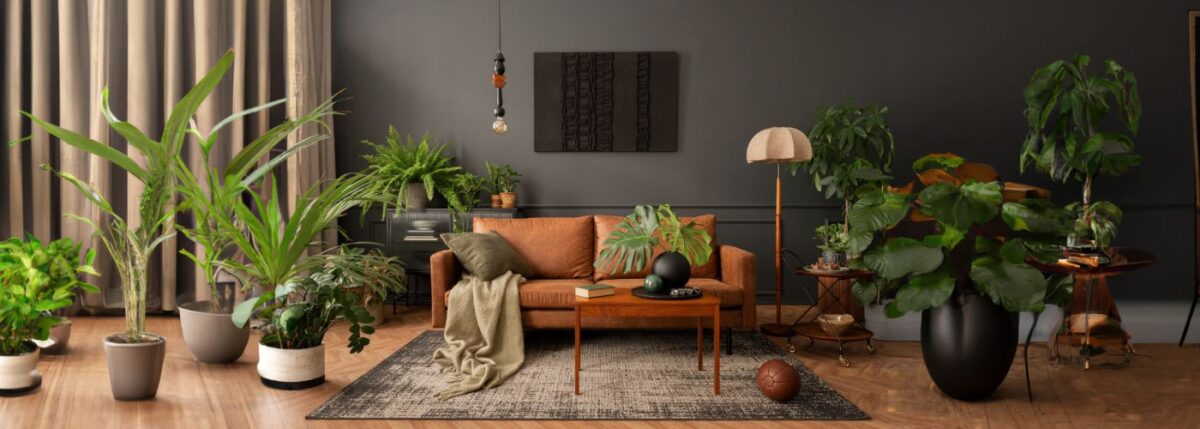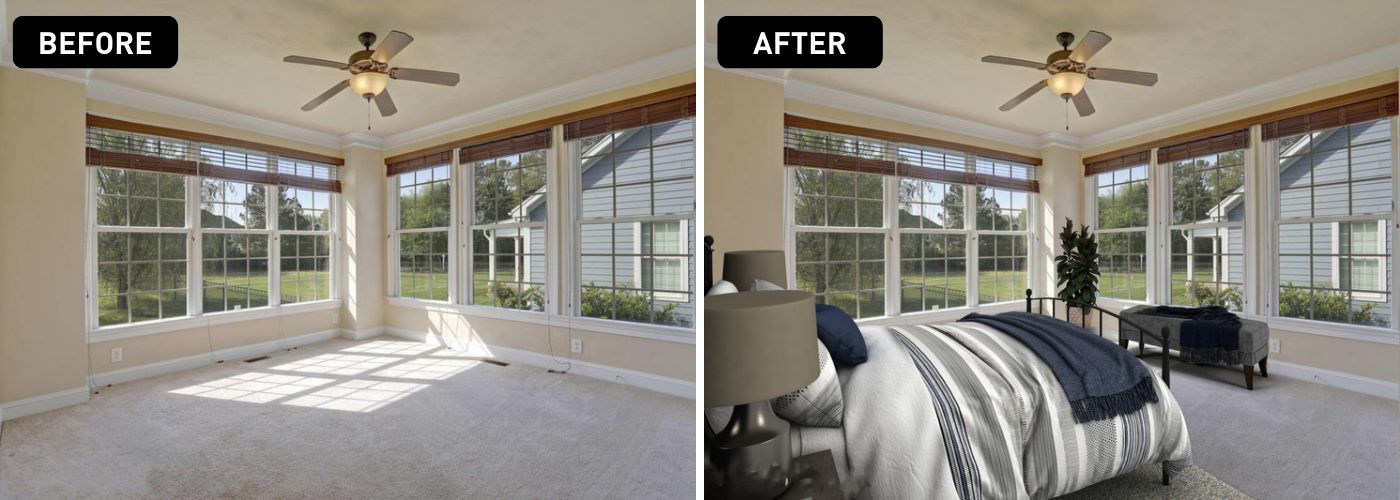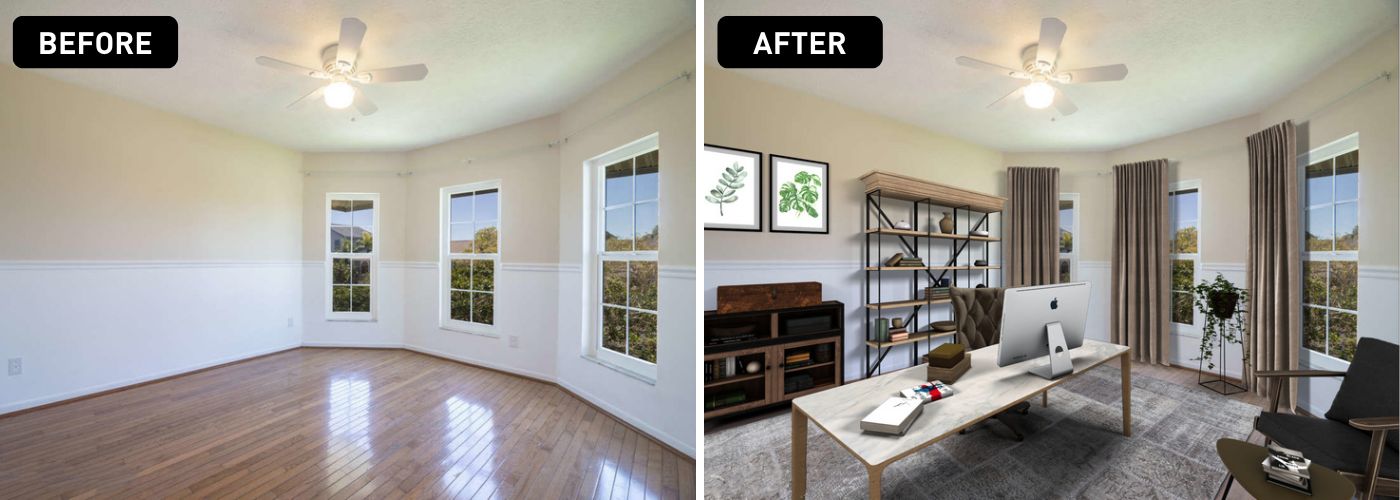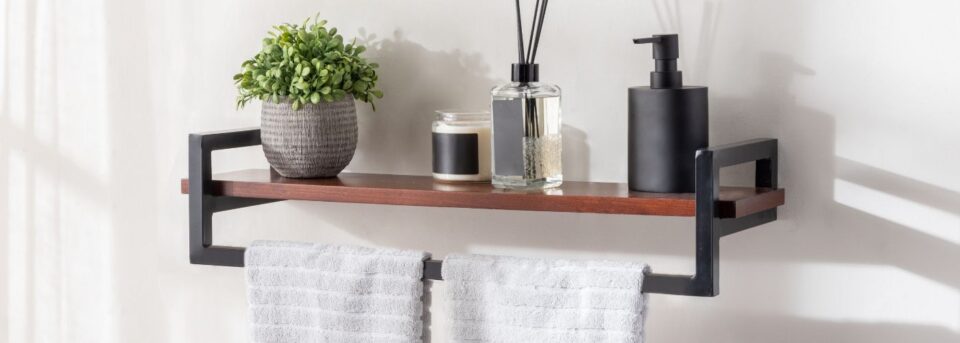In-Depth Look At Home Staging in Smyrna, GA

Home staging is an important factor in the success of selling a home. As a homeowner in Smyrna, Georgia, it’s essential to understand the nuances of home staging and the impact it can have on selling your property. This blog will provide an in-depth look at home staging in Smyrna, GA!
Do’s And Don’ts Of Staging A Home In Smyrna, GA?
Staging a home is an essential part of the selling process. It is the process of preparing your home to showcase its best features and make it more attractive to potential buyers.
In Smyrna, GA, staging a home can make all the difference in getting your house off the market quickly. Here are some Do’s and Don’ts you should keep in mind when staging your home for sale.
Do’s: First, declutter your space by removing any personal items such as family portraits or knick-knacks that may distract potential buyers. Secondly, clean every inch of your property thoroughly, including floors, carpets, walls, and windows.
Thirdly, create a neutral color scheme with soft hues on walls and furniture so that buyers can visualize their belongings in the space. Finally, add some finishing touches like fresh flowers or plants to bring life into your living areas.
Don’ts: Do not overdo it on the cleaning products unless necessary. Overusing harsh chemicals may damage your home’s structure and create a negative impression of your house. Do not place items or furniture in unusual or odd places, as this can make your house seem smaller than it is.
Do not overdo it with the staging. If your house looks too staged, buyers might think that something is wrong with the property, and they may not be able to trust what they see.
Do You Need A License For Home Staging In Smyrna, GA?
If you’re considering a home staging career in Smyrna, Georgia, you may be wondering if you need a license to operate legally.
The good news is that Georgia doesn’t have any specific requirements for home staging certification or licensing. However, it’s still essential to check with your local government and other relevant authorities.
The City of Smyrna has its own regulations for businesses operating within city limits. Depending on how you plan to operate your business, you may need to obtain certain permits or licenses from the city.
For example, if you plan to operate as a home stager out of your own residence, you’ll need a business permit or license for the city and state to recognize your business officially.
On top of that, it’s also important to consider insurance coverage as part of running a business!
Does Staging Sell Homes in Smyrna, GA?
When it comes to selling a home, several factors can impact its success on the market. One of these factors is staging, which involves setting up the home in a way that makes it more appealing to potential buyers.
Many homeowners and real estate agents believe that staging can be an effective way to sell a home quickly and for top dollar, but is this really true? In Smyrna, GA – one of Atlanta’s most popular suburbs – does staging actually make a difference?
The short answer is yes, staging can absolutely help sell homes in Smyrna. According to local real estate experts, staged homes tend to sell faster and for higher prices than non-staged homes.
This is because staging allows potential buyers to better visualize themselves living in the space and helps highlight the best features of the home. This is why home staging is a good investment to your property!
What Is The Difference Between Home Staging And Interior Decorating?
Home staging and interior decorating are two terms that are often used interchangeably, but they actually refer to different practices. Home staging is the process of preparing a home for sale by making it more appealing to potential buyers.
The goal of home staging is to help buyers envision themselves living in the space, so it typically involves depersonalizing the home and creating a neutral backdrop that will appeal to a wide range of people.
Interior decorating, on the other hand, focuses on personalizing a space for the occupant’s tastes and needs. It’s about creating an environment that reflects their personality and style while also being functional and comfortable.
Interior decorators work with clients to select colors, furniture, decor, and other elements that will create a cohesive look in their homes.
While there may be some overlap between these two practices – such as choosing furniture or decor – they ultimately have different objectives.






